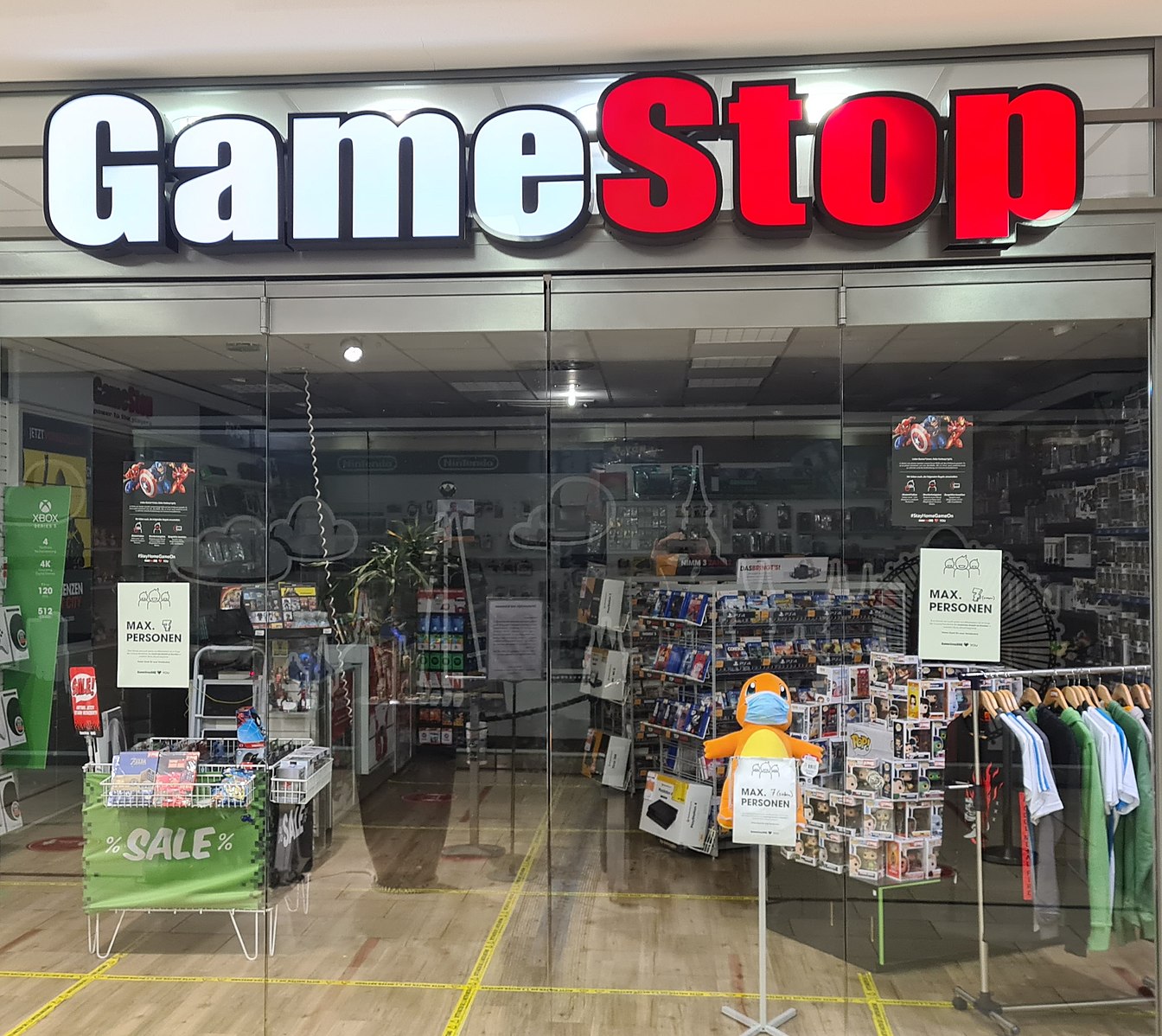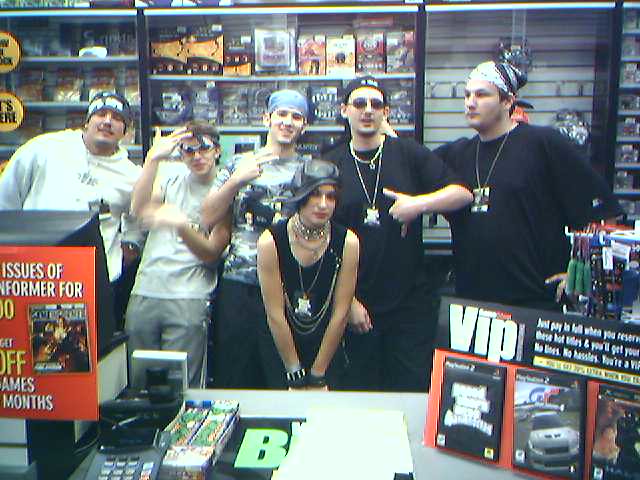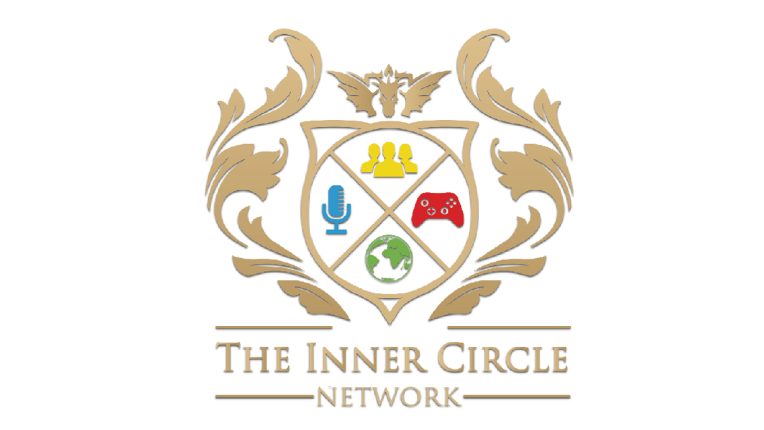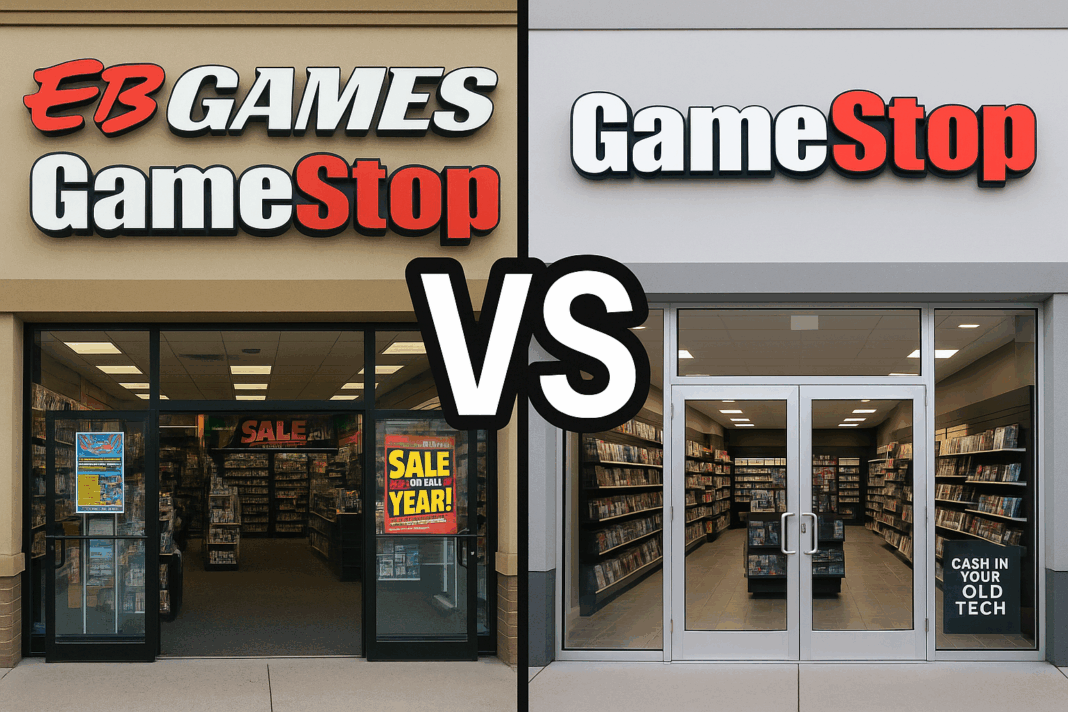From EB Games to GameStop
Before GameStop became the giant everyone knows today, gamers had a handful of local shops that each had their own flavor. There was EB Games, known for its bright storefronts and wide selection. FuncoLand, famous for its walls of used games where you could dig for hidden treasures at low prices. And Babbage’s, a software store that carried everything from PC titles to early console games, often run by staff who were just as nerdy about tech as they were about gaming.
GameStop absorbed all of them. For a while, it felt like the ultimate consolidation of gaming culture under one roof. No matter where you lived, there was probably a GameStop within driving distance. And in its early years, that actually worked. It became the spot to buy, trade, argue, and discover new games. But over time, the spirit of those original stores — the energy, the community, the passion — started to fade.
When GameStop Was Magic
There was a time when stepping into GameStop was more than just running an errand — it was an event. The moment you walked through those doors, you knew you were in a place built by gamers, for gamers. The shelves were stacked high with rows of jewel cases and game boxes, demo stations ran on bulky CRT TVs, and neon signage in the windows lit up with the logos of your favorite consoles — PlayStation, Xbox, Nintendo.
Back then, Game Advisors weren’t just retail employees — they were real gamers. They weren’t reading off the back of the box; they actually played the games, and they cared about steering you toward something you’d enjoy. Sometimes they’d put you onto a title you’d never heard of, and it would end up becoming one of your favorites.
For me, it went even deeper. I worked at what might’ve been the most infamous GameStop in Orlando, Florida — right in Pine Hills. It was a rough area, no doubt, but inside our store we built a culture around gaming. Me and my team flipped the whole hood into RPG players. It wasn’t just Madden and GTA anymore — suddenly the same dudes you thought would never pick up an RPG were deep into Final Fantasy, Elder Scrolls, and Kingdom Hearts. We converted gangstas into gamers. And that right there was the magic of old-school GameStop: it built community, no matter where you were from.
Today’s GameStop: A Hollow Shell
Fast forward to today, and the soul of GameStop feels like it’s been ripped out. Walking in doesn’t feel exciting anymore — it feels like stepping into a jail. The vibe is flat, the employees are miserable, and the passion that once fueled the stores is gone.
I still remember when we were trained to greet customers with an enthusiastic “Welcome to GameStop!” That simple line set the tone. Today, you might walk in and see management sitting at the front sipping boba, not even looking your way. Ask them about a game and the response too often is: “Oh, I don’t even own a console. I just play Steam and Fortnite.” And in my head I’m thinking: Then why do you even work here?

GameStop used to be about community. I’d hit every store in my neighborhood just to talk shop with the GAs, and most of the time I’d end up buying something I hadn’t planned on, just because of those conversations. It wasn’t just retail — it was fellowship. I even timed my visits around my favorite Game Advisor’s shifts, because the experience of talking to him about a new release made the purchase special.
Now? That culture is gone. The shelves are filled with Funko Pops, T-shirts, and clearance accessories. The games — the very soul of the store — have become an afterthought. Employees look like they’re just counting the minutes until their shift is over.
GameStop as a Community Hub
GameStop used to be more than a store — it was the link that connected gamers in your neighborhood. It was like a retail arcade where you could meet new people, argue about games, and even make lifelong friends.
I’ll never forget meeting one of my good friends, KD, at the Grand Theft Auto: San Andreas launch event. That wasn’t just about buying a game — it was about being part of a cultural moment. GameStop made that possible.

Even the small details mattered. Remember the automated phone calls? “Hey, it’s Aries from GameStop — your game will be in this Friday.” That call meant something. It gave me a reason to hit up my favorite store, talk with the crew, and share the excitement of release day. Today? I forget about my preorders because there’s no reminder, no connection.
And don’t even get me started on how preorders are locked to one specific store. Back then, it wasn’t as big of a deal, but now with people moving around more, it’s trash. I’ve got reserves sitting in states I don’t even live in anymore. Why isn’t it a universal system by now?
If GameStop really wants to survive, it needs to get back to its roots — gamers and community. Imagine if they leaned into the tournament scene. They could host their own fighting game championship: The GameStop Cup. Bigger than EVO, built for the people. Because let’s be real, no company has the retail footprint and gamer legacy to pull it off better than them.
And do you remember the GameStop customer convention they held in Las Vegas? Yeah, that actually happened. It was a glimpse of what GameStop could’ve been — a brand that went beyond selling discs and became a culture. That’s what they need to chase again.
What We Lost — and What We Could Get Back
GameStop was once the heartbeat of gaming culture in the neighborhood. It was a safe space to argue about consoles, share hidden gems, and walk away with more than just a game — you walked away with a story. Today’s GameStop is just another retail chain chasing trends instead of building community.
But it doesn’t have to stay that way. The blueprint is already written:
Universal Preorders: Stop locking customers into one store. Make it flexible and digital.
Community Events: Bring back midnight launches, hold tournaments, create spaces for gamers to gather.
Real Gamers in Stores: Hire staff who live and breathe gaming, not just people punching a clock.
The GameStop Cup: A nationwide tournament series that brings back energy, excitement, and relevance.
Customer Connections: From automated reminders to personalized experiences, find ways to make every gamer feel like part of something again.
Because gaming isn’t just about software — it’s about connection. Old GameStop understood that. Today’s GameStop forgot it. If they ever want to reclaim their place in gaming culture, they need to return to those roots.




